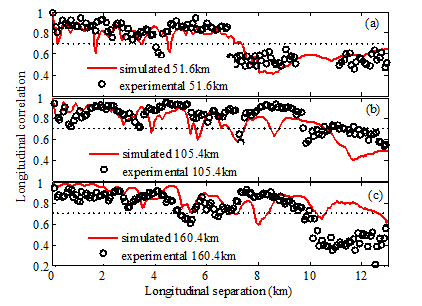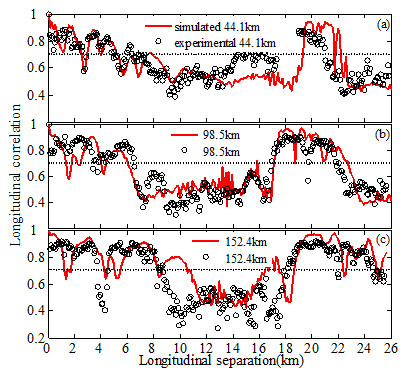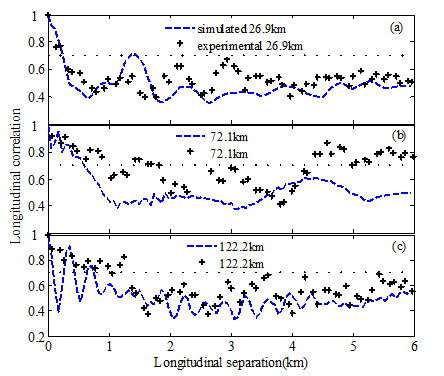With the development of sonar applications and large acoustic array-processing technique, the horizontal-longitudinal correlations of acoustic field, which are the physical foundations, have been attracting more and more attentions.
Much research has been done about the horizontal-longitudinal correlations in shallow water for the past years. Recently, research interest is transferred to the acoustic field in deep water. The characteristics of convergence zones in deep water waveguide can be used in long distance detection.
In the South China Sea, researchers from the Institute of Acoustics (IOA) of the Chinese Academy of Sciences have done an experiment to analyze the horizontal-longitudinal correlations, providing a foundation for future research of horizontal-longitudinal correlations and sonar applications in deep water.
In the experiment, the receiving array was a 24-element vertical line array. It was nearly a flat bottom with the mean depth of 4305 m along the propagation track.
The sound speed profile was measured by CTD casted near the receiver array. Besides, the bottom sediment was core sampled and the surface bottom sediment type was silty clay.
The linear frequency module signals from 260 Hz to 360 Hz with duration of 20 s were transmitted. Pulse compression technique was used to increase the signal-noise-ratio in the experiment data. Experimental results were calculated from the compressed pulse signals and the numerical results were calculated from the normal mode program KrakenC.
Numerical simulation results by using the normal modes theory were qualitatively consistent with the experimental results.

Fig.1 The simulated/experimental horizontal-longitudinal correlations in (a) the first, (b) the second, and (c) the third convergence zone, where the receiver depth is 167 m (Image by IOA).

Fig.2 The simulated/experimental horizontal-longitudinal correlations in (a) the first, (b) the second, and (c) the third convergence zone, where the receiver depth is 1852 m (Image by IOA).

Fig.3 The simulated/experimental horizontal-longitudinal correlations in (a) the first, (b) the second, and (c) the third shadow zone, where the receiver depth is 167 m (Image by IOA).
The horizontal-longitudinal correlation coefficients in the convergence zone were high, and the correlation length was consistent with the convergence zone width depending on the receiver depth and range. The main cause of the phenomenon was that the energies in the convergence zone mainly came from a group of waterborne modes with nearly similar phases.
For deeper receiver, the horizontal-longitudinal correlation coefficients in the high intensity zone also had a division structure in the same as the transmission loss data. The signals from the second part of the high intensity zone were still correlated with the reference signal in the first part.
As well, the horizontal-longitudinal correlation coefficients in shadow zone were lower than that in convergence zone. And the correlation length in shadow zone was also much shorter than that in convergence zone. The fluctuation of the horizontal-longitudinal correlation coefficients in the shadow zone were much complex at different depths or ranges. The bottom bounce modes and the phase difference in shadow zone were the main cause of this phenomenon.
Funding for this research came from the National Natural Science Foundation of China under Grant Nos 11434012 and 11174312.
References:
LI Jun, LI Zhenglin, REN Yun, LI Wen, ZHANG Renhe. Horizontal-longitudinal Correlations of Acoustic Field in Deep Water. Chinese Physics Letters (Vol. 32, No. 06: 064303, 13 May 2015). DOI: 10.1088/0256-307X/32/6/064303
Contact:
LI Jun
Institute of Acoustics, Chinese Academy of Sciences, 100190 Beijing, China
Email:lijunjosie@mail.ioa.ac.cn


